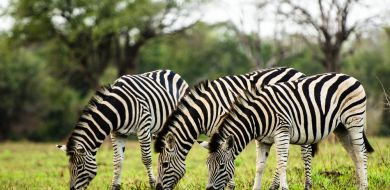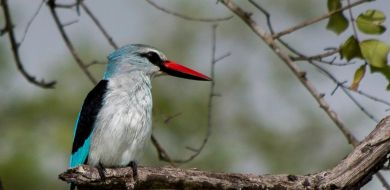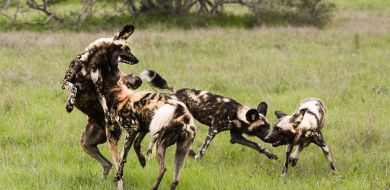Sabi Sabi Wild Facts: Chacma Baboons
on Dec 13, 2014Chacma baboons Papio ursinus are found in much of Southern Africa, including South Africa, Angola, Zambia, Zimbabwe and Mocambique.
They are a social species, living in family groups called troops. A large troop can comprise as many as 100 family members, although most troops are smaller.
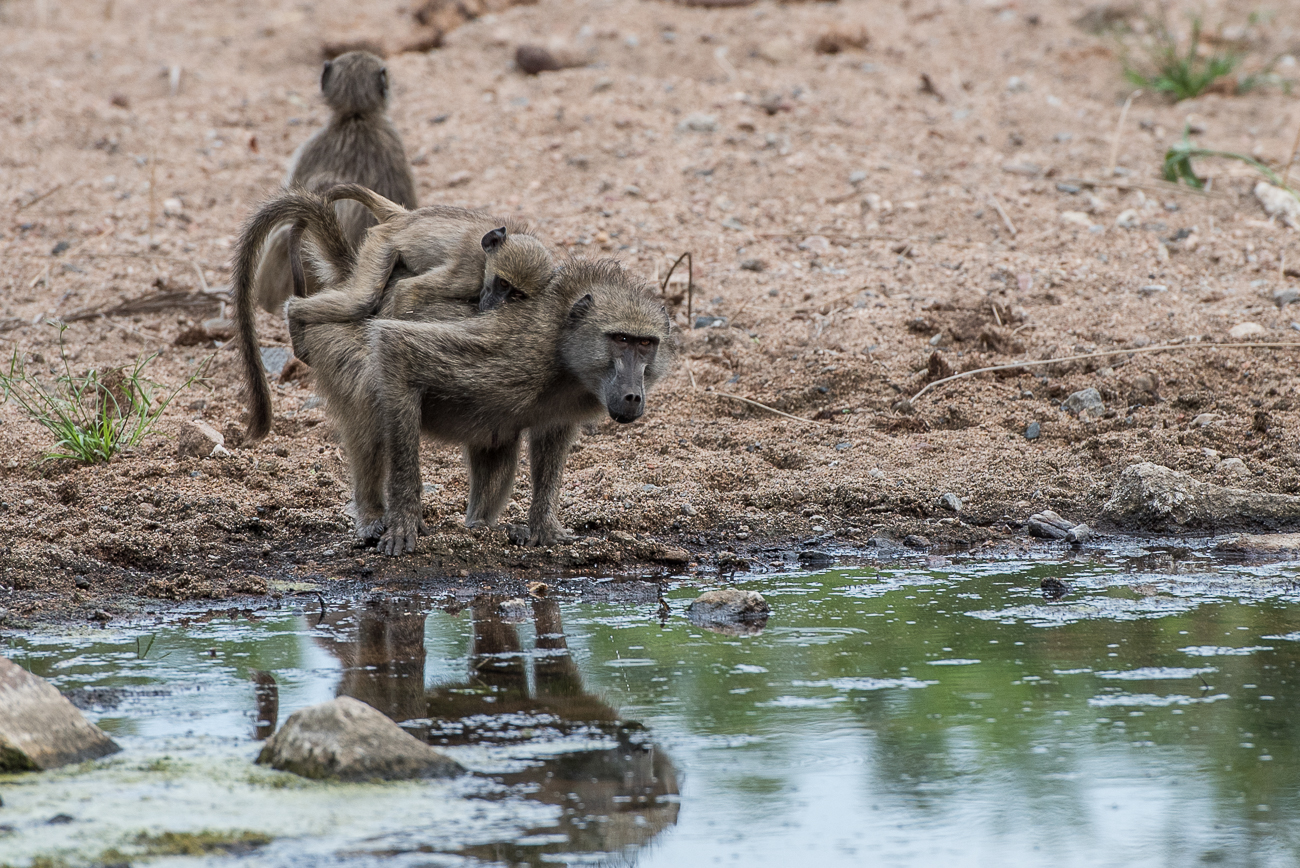
Within the families are males, females and their offspring. Females give birth to a single baby after a gestation period of around 6 months.
Chacma baboons can live for over 45 years. The male Chacma baboons are a lot larger than the females. Fully grown adult males can be 1.5 meters tall and weigh up to 27kg, with the females being half the size. They communicate by means of distinctive grunts and barks, which they call repetitively.
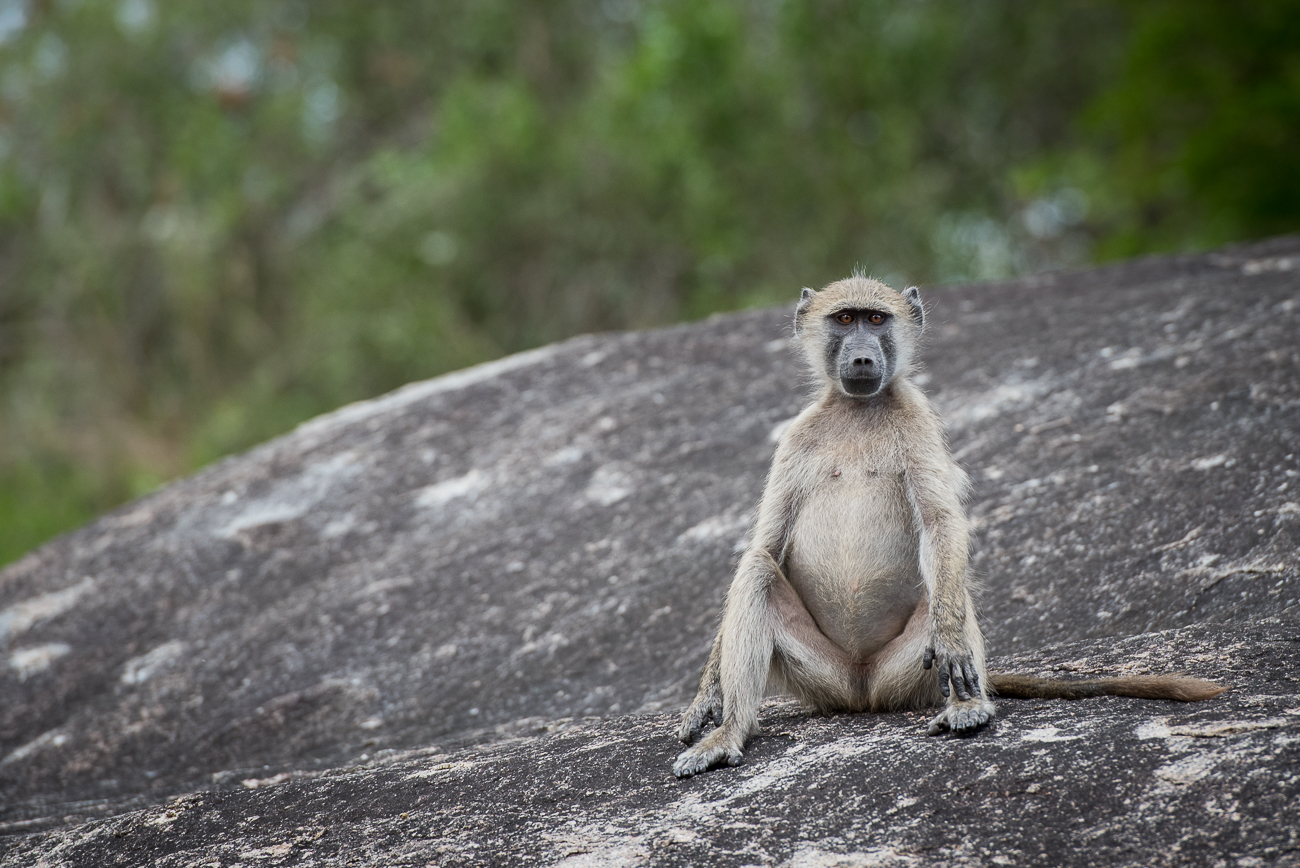
These baboons have doglike, forward sloping faces. Their entire bodies, other than their muzzles and rumps, are covered in spiky, grey hair. Newborn infants are black, and have red faces. .A feature the males' jaws are their formidable canine teeth, which at a length 5cm, are longer than those of a lion.
The species walks on all fours, and can reach a top running speed of 56km per hour, with a gallop similar to that of a horse. The baboon's main predator is the leopard. However, many unlucky leopards have been badly injured after being aggressively mobbed and attacked by groups of adult male baboons.
Chacma baboons need to live close to a fresh water source, and generally also near to trees, their preferred sleeping places - although they will also sleep on rocky outcrops. They are omnivorous, spending much of the day on the ground supplementing a very varied diet. The baboons will feed on fruits, roots, tubers, leaves, insects and scorpions, as well as birds and small mammals. Their liking of fruits, vegetables and nuts unfortunately often brings the baboons into conflict with farmers.
Baboons are extremely intelligent as evidenced in the Cape Peninsula, where tourists have fed them over the years, teaching them that humans are a source of food. Those particular baboons grab handbags and picnic baskets looking for snacks. Fortunately, at Sabi Sabi, there is no contact between guests and wild animals, so the baboons search for their meals naturally in the bushveld - creating great entertainment as they roam the reserve searching for food, or sit and mutually groom, inspecting each other's fur and munching with great relish on any ticks or fleas that they can find .
